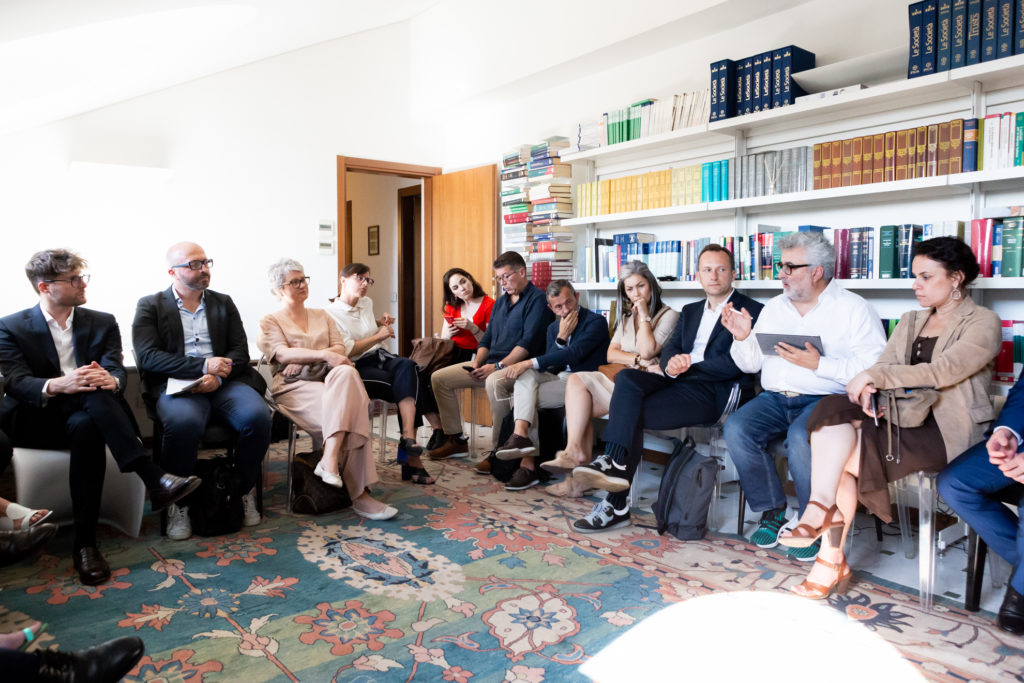Every day, large numbers of counterfeit goods are produced, distributed and sold across the world. International counterfeiting is an age-old crime that has worsened in unison with recent technological developments, and, today, is very widespread in every industry: from clothing to pharmaceuticals and cosmetics, from food to design items and mechanics.
Want to know more?
Download our new Infographic on Agent Benchmarking
A pervasive and international favourite of organised crime groups – counterfeiting alters the way the competitive market functions, with serious consequences both in economic and social terms, with potentially serious repercussions for consumer safety and satisfaction. On a wider scale, counterfeiting takes job possibilities from communities and tax revenue from the state – the ripples of counterfeiting’s effects can be felt far and wide, by both brands and consumers as well as the national and global economy.
Often, it is not that the intellectual property laws of the regions in which international counterfeiting takes place are lacking, but rather that enforcement of such laws and rights is problematic. Free-Trade Zones, or areas that the governments of certain countries establish as not subjected to customs duties, are attractive locations for spreading counterfeit products. Moreover, the evolution of web networks and spread of e-commerce have enabled counterfeiters to reach a wider customer base.
Asia
Geographically, the Far East is indicated as the main source of counterfeits; counterfeit goods come largely from Asia, where China, Hong Kong, Thailand and Taiwan play a huge role. China’s significant role can be easily explained not only by the fact that rights holders do not do enough to protect themselves, but also by low-cost labour, which has caused many foreign companies to relocate production, spreading their know-how which is then skilfully used by shrewd manufacturers to exploit the opportunities available in poorly regulated markets.
There is a sort of specialisation by country depending on product type, with many vehicles exported from China to the Middle East, though China is not the only nation to have garnered a reputation for specific counterfeit goods.
The Americas
Many counterfeit cigars and cigarettes are exported from the Caribbean to the USA, where they are packaged and labelled with false labels and resold as authentic and regulated products.
Indeed, analysis of goods confiscated by the judicial authorities shows that South America has also become an area with a high concentration of other counterfeit products, with Panama providing a key link in the counterfeit trade.
Europe
In Europe, the leaders in counterfeit production are countries such as Spain, some former Soviet Republics (particularly the Baltic nations, Ukraine and Belarus), Poland, Romania, Turkey and Greece.
However, one of the prime examples in Western Europe is Italy, where, with a huge organised crime business, local production intertwines with the commercialisation of imported counterfeit goods, which has led to a significant increase in confiscations across the country. ‘Italian sounding’ should also be considered in this vein – although not genuine counterfeiting, Italian sounding uses the evocative power of Italian identity on products of non-Italian origin, particularly within the food industry, translating into enormous profits on the market.







